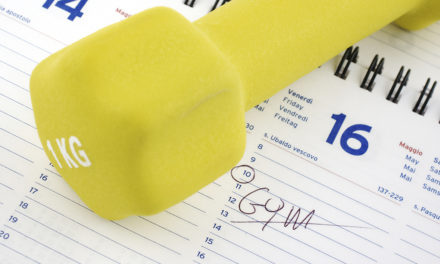As adults we are constantly reminded of how important it is to keep our bad cholesterol levels low. We have all been taught that if our bad cholesterol levels get too high we are at an increased risk for developing atherosclerosis, heart disease, and suffering a stroke. Scary stuff right? So naturally we need to make sure we have the most accurate way of measuring our bad cholesterol levels and determining our level of risk.
Right now the standard method of measuring our “bad” cholesterol is a test called the standard blood lipid panel. The standard blood lipid panel measures four metrics: Our low density lipoprotein (LDL) cholesterol level, our high density lipoprotein (HDL) cholesterol level, our blood triglyceride level, and our total cholesterol level.
However there is a critical aspect of the standard blood lipid panel that the vast majority of us the common public don’t know. When the standard blood lipid panel measures our LDL cholesterol level, also known as our bad cholesterol level, it is measuring the amount of cholesterol contained in an average LDL particle. What the standard blood lipid panel does not measure is number of LDL cholesterol particles per unit of blood and their size.
This is a critical issue because there is a growing consensus within the scientific community that while there is a correlation between a high traditional “bad” cholesterol level and a risk of developing atherosclerosis, heart disease, and suffering a stroke, there is a far stronger correlation between higher numbers of LDL particles per unit of blood, and smaller LDL particle size, and a risk of developing atherosclerosis, heart disease, and suffering a stroke.
This means we can have a situation where our LDL cholesterol level is considered good based upon the standard blood lipid panel, but we are in fact at a higher risk for developing atherosclerosis, heart disease, and suffering a stroke than we recognized.
The solution to this problem is to use a more advanced blood lipid test when having our cholesterol levels checked. This test is called an NMR LipoProfile and it not only measures the four traditional metrics measured by the standard blood lipid profile, but also measures the number of LDL particles per unit of blood and our LDL particle size.
So the next time we go to our doctor for a routine check up, we need to make sure they order the NMR LipoProfile. We can’t settle for the traditional standard blood lipid panel. The NMR LipoProfile is only $100 more, and it will give us the deeper understanding of our cholesterol levels we really need to ensure our long term health.





